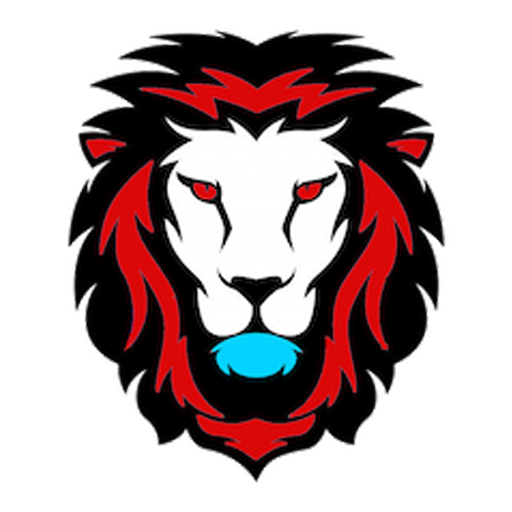The Situation: Christine was the Chief Human Resources Officer for a specialty clothing retailer. Her CEO was interested in taking the senior leadership team through a learning and developmental experience that would provide each team member with a better understanding of their leadership capabilities. It was important to the CEO for the team to get feedback and input from one another as well as members of each of their team’s. This feedback experience would set the groundwork for working together as a more aligned and cohesive senior leadership team.
The Intervention: Christine came to us with two requests: 1) provide a leadership development experience that would provide each senior team member with feedback on their leadership style, and 2) bring the team together to explore their collective strengths and areas of opportunity. We talked through several options for the team. We reviewed leadership development assessment interviews, on-line leadership effectiveness assessments, and 360-degree feedback. After exploring each intervention, Christine felt the team would get the best input from going through a 360-degree feedback process.
Once we determined that a 360 process would be the best course of action, we began to dive deeper with the process. We had two options. Our first approach would involve on-line 360 surveys. These would be distributed to 15-20 participants for each leader, and would include a sub-section of peers, direct reports, and cross-functional colleagues. The benefits to leveraging this approach is that we would be able to get a larger sample of feedback per leader and be able to use the quantitative scores for individual and team feedback. The administration would be quick and easy given the use of the on-line survey tool. The second approach would involve the use of 360 face-to-face interviews with 12-15 participants. The benefits to using this approach is that we would be able to take a deep dive with participants on key leadership strengths and opportunities, and get examples of how each leader demonstrated these behaviors.
Christine felt that both 360-degree feedback processes would be useful for their organization. So, we decided to use a hybrid approach. We would conduct 360 face-to-face interviews with all of the senior leadership team members, and we would use on-line 360 surveys for each of their functional teams. The surveys would include all their direct reports and some lower level leadership within each business unit. For the 360 interviews, we had a standard interview protocol that focused on their leadership style, their strengths, and their development opportunities. We also included questions that focused on their interpersonal skills, their emotional intelligence, and their approach to teamwork.
For the on-line 360 surveys, we leveraged several dimensions from the Bandelli Leadership Competency Model™. These dimensions included vision, vigilance, consistency, compassion, and inspiration. Vision explores a leader’s strategic capabilities, their intellectual horsepower, and their ability to communicate mission and purpose. Vigilance focuses on discipline, execution, and accountability. Consistency explores ethics and integrity. Compassion focuses on relationship building, emotional intelligence, and understanding people’s strengths and areas of opportunity. Lastly, inspiration focuses on motivating people and inspiring hope in a positive future. The 360 survey tool consists of 60 items with 12 items covering each of the five dimensions.
We conducted the 360 interviews with each team member, and launched the on-line 360 survey over the course of a six-week period. Upon completion of the interviews, and the close of the survey, we aggregated the data and put together feedback reports for each leader. We also put together a comprehensive team report that included a roll-up summary for the entire leadership team. The feedback was well received at an individual level. Each leader found value in the combination of feedback that included qualitative and quantitative input. We were able to leverage the feedback to build development plans for each senior team member.
We put together a one day off-site for the senior leadership team to review the aggregate feedback. During the first half of the day, we explored the team highs and lows across the online 360 survey, and discussed collective strengths and opportunities from the interviews. The second half of the day was spent sharing their key takeaways from their individual feedback sessions, and outlining their collective goals and objectives moving forward.
The Outcome: Christine was tasked with designing an individual and team intervention that would give the senior leaders feedback on their leadership styles, and help them operate as a more effective team. She came to us with a mindset of partnership and collaboration. We worked together to design a 360 process that would work for her organization. Rather than using an off the shelf approach, we combined a qualitative and quantitative approach that would best fit their needs. The CEO was pleased with the overall process and felt that it helped the team move forward as a collective unit. Christine had the courage to take the team on a journey of insight and feedback. This helped them become more effective leaders and got them to strengthen their collective capabilities.
For more information on leveraging the use of interview-based 360s, online 360 surveys, and the Bandelli Leadership Competency Model™ please contact Bandelli & Associates at abandelli@bandelliassociates.com.
Leadership Matters. Without It, People Fail.


